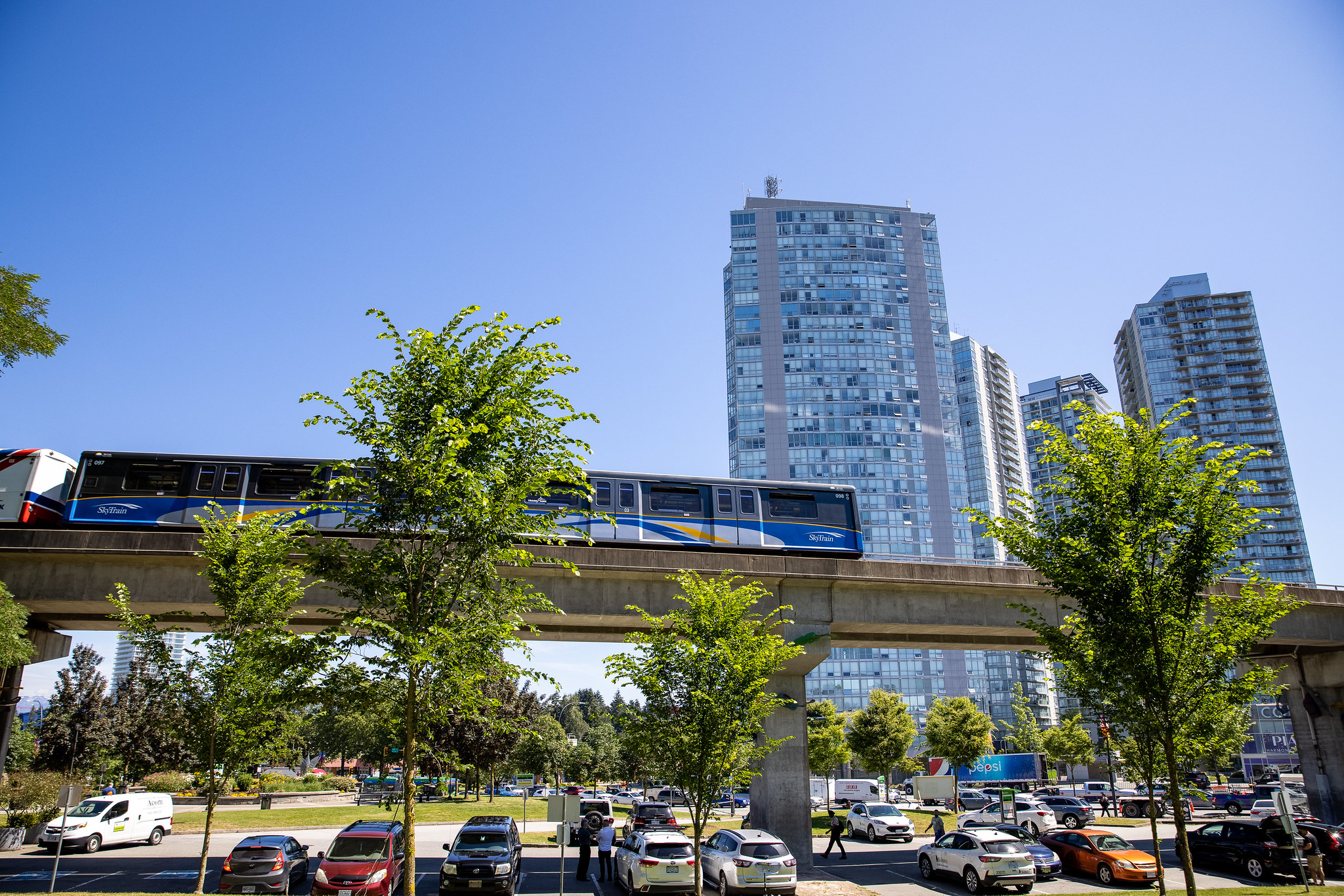Legislation requires B.C. cities to allow housing near transit
The law would force municipalities to create Transit Oriented Development Areas near transit hubs.

Key Takeaways:
- New proposed legislation would require municipalities to designate Transit Oriented Development Areas (TOD Areas) near transit hubs.
- It is expected that approximately 100 TOD Areas will be designated in approximately 30 municipalities throughout B.C. within the first year of the new legislation coming into effect.
- Preliminary analysis indicates B.C. could see approximately 100,000 new units in TOD Areas during the next 10 years.
The Whole Story:
B.C. wants to give transit-oriented development a major boost with new legislation.
“Building more homes near transit is good for people, communities, and helps make the most of transit, infrastructure and services,” said Ravi Kahlon, minister of housing. “But layers of regulations and outdated rules are stopping this kind of development from becoming a reality in too many municipalities. That’s why we are taking action to remove barriers and deliver more transit-oriented communities, faster.”
The proposed legislation would require municipalities to designate Transit Oriented Development Areas (TOD Areas) near transit hubs. These TOD Areas are defined as land within 800 metres of a rapid transit station (e.g., SkyTrain station) and within 400 metres of a bus exchange where passengers transfer from one route to another (e.g., Newton Bus Exchange in Surrey).
The legislation would build on other work underway to facilitate more transit-oriented development. Earlier this year as part of Budget 2023, the province committed approximately $400 million to deliver thousands of units at or near transit over the next 10 to 15 years by accessing land that is suitable to be acquired near transit hubs and developing it.
“We’re working to leverage public lands to build more affordable housing in connected, livable communities,” said Rob Fleming, minister of transportation and infrastructure. “This legislation is the next step forward to help remove roadblocks and fast-track more transit-oriented development that works for people in their communities.”
Government officials explained that in some cases in B.C., higher-density neighbourhoods have been established around transit hubs, but in other cases, restrictive zoning bylaws and parking requirements, along with delayed development approvals, continue to slow down the delivery of homes and services near transit hubs.
In these designated TOD Areas, municipalities will be required to:
- Permit housing developments that meet provincial standards for allowable height and density. The minimum allowable height and density is based on tiers – at its highest in the centre of the TOD Area – and will differ based on the type of transit hub (SkyTrain stop/bus exchange) and a municipality’s size, population and location.
- Remove restrictive parking minimums and allow for parking to be determined by need and demand on a project-by-project basis.
- Utilize standards and details in the provincial policy manual to provide consistency in the approach to developing TOD Areas.
Municipalities will still be able to require builders and developers to add parking to accommodate people living with disabilities. Commercial parking requirements will not be affected within TOD Areas. Builders and developers will be able to build as much parking as desired for a project but will not be required to meet a minimum standard of parking units.
Officials noted that modeling future scenarios cannot account for unforeseen circumstances, the changing nature of housing, real-estate markets and other factors, but preliminary analysis indicates B.C. could see approximately 100,000 new units in TOD Areas during the next 10 years.
To support the legislation, the province plans to create a provincial policy manual to support municipalities with setting their site standards and moving forward with proposed housing projects.
Following the release of regulations and the policy manual in December 2023, the lands that local governments have designated for transit-oriented growth in their official community plans will be immediately captured under the new minimum allowable density requirements included in the legislation.
For the remaining TOD Areas that require local government designation, municipalities will have until June 30, 2024, to designate these areas (pending regulation). It is expected that approximately 100 TOD Areas will be designated in approximately 30 municipalities throughout B.C. within the first year of the new legislation coming into effect.
Where a local government’s current zoning allows for less density than the new provincial minimum, the new increased minimum density must be allowed by the local government. However, local governments can approve higher density at their discretion.
The proposed legislation will advance alongside the proposed small-scale, multi-unit housing legislation (SSMU). Officials noted that while SSMU will add increased density near transit stops, TOD Areas that have higher density will take precedence over SSMU zoning should they overlap.
